#super special micropal slides
Explore tagged Tumblr posts
Text
I wonder if there are more of these, I've been fascinated by these pictures from when I first saw them, like, a billion years ago.
If I could afford it, I would do so much micro-photography, maybe not as zoomed in as these, but definitely with my rock collection, because then I could get rid of a whole bunch of rocks lol.
On a random note, I helped out with a university summer science week for senior high school students during the main school holidays back home in AoNZ, with the geology department. One of the activities we did with kids was to collect a sandstone rock from the peninsula up the coast, bring it back, do the whole 'extract the fossil plankton (like, foraminifera or ostracods, etc.) from the rock and then set the kids to 'picking' the micro-fossils from the results. The kids were so happy just spending an hour or two randomly picking tiny fossils of this processed rock mix, and I remember being much the same during my geology undergrad. I mean, I was shite at the technical stuff, and identifying anything (I literally would rather dig up fossils and prep them, than figuring out all the science around them lol), because hyper-fixating, but it was fascinating and somewhat relaxing!
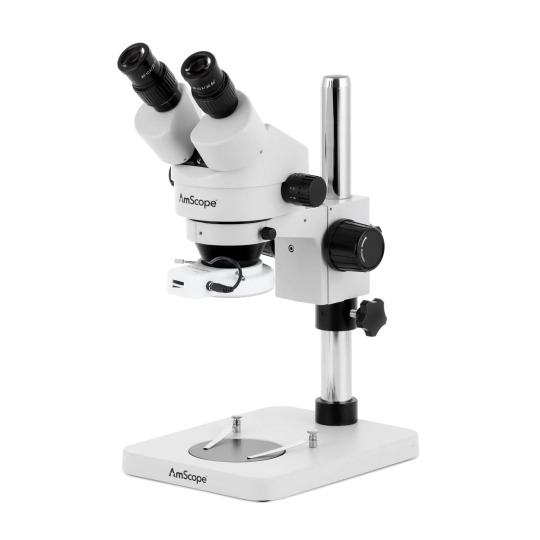
I'm a binocular/stereo microscope! I'm what you use to scout out your 'picks'. I'm going to give you headache after headache when you hyper-fixate on 'picking' microfossils...

After you've smashed up your rock, and boiled it, effectively 'disaggregating' (pulling the rock apart, like, a lot) with dish soap and some other chemical I can't remember, you're left with something similar to this. Oh, and you have to dry it out first, like, under heat lamps.
Then, spread a bit of the fossil/rock remnant mix onto a tray, like below (though, we had round ones that for the life of my I cannot find a picture of on the net #lesigh),

and using a super-fine paintbrush, (and sometimes we'd also use wooden dowels that had small metal poles with a rounded tip put into them - DIY Kiwi-style, yo...) sort through your mix.
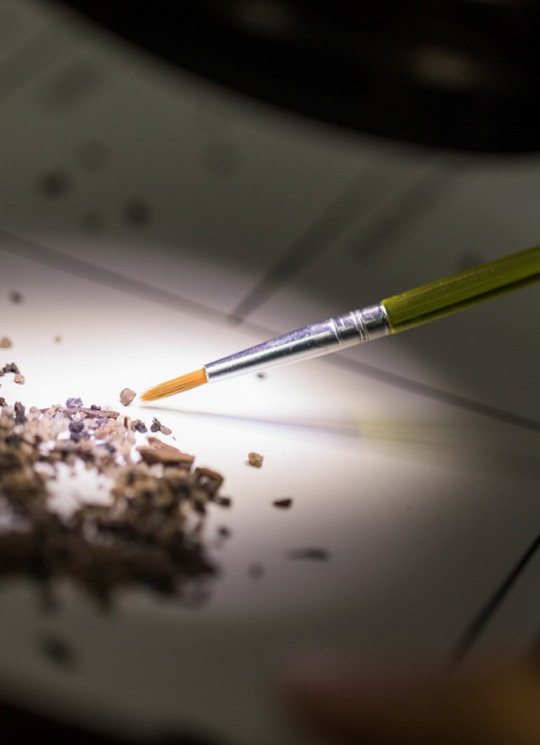
Once you've found/isolated a likely specimen that isn't just a piece of fancy sand, or shell piece, or fish bone (though you can add these to your tray if you want), and you've remembered to moisten the paintbrush tip, either with water or handy-dandy saliva from your very own mouth (you would not believe how much time this saves, though no sharing paintbrushes in these disease-ridden times), you can use said moistened brush to pick up your target and add it to your super-special micro-fossil slide!
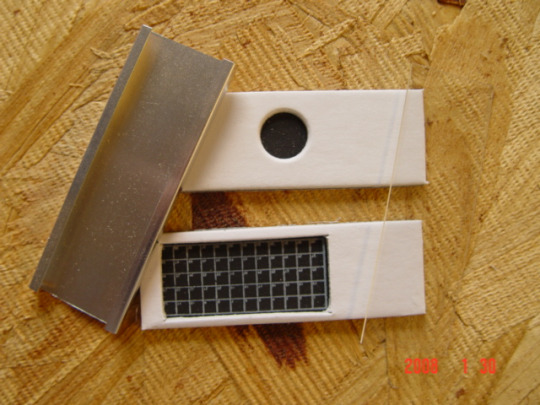
Above is an unused tray that has been pulled apart (ignore the slide with the circle, the grid one is where we are at). To put it back together once you're done 'picking', the glass slide goes overtop the cardboard 'grid' slide, and then they both slide into the metal tray. One would generally place groups of similar 'tests' (or shells) in the same grid number to identify later (or at the same time if you had mad skills).

We'd sometimes use a bit of green dye (and no, we didn't put the green dye in our mouths first...) to stain the tiny shells to help make identification easier.

Of course you ask what is the actual point of all this, other than a delightful, sometimes headache-inducing, way to pass a few hours in an activity that should be rather boring? Well. I'm going to tap into my memory and hope like hell that I recall this shite correctly. The main reason is being able to use these wee buggers to link a layer (or layers) of rock in different areas, because if you've got a couple of microfossils in one area, and the same types in another area, you can be all 'check-out-the-correlating-rocks-yo'. Or something. This is called biostratigraphy. It's especially useful if one rock layer is near a datable-by-isotype-type-rock like lava rocks, because then you can extrapolate that shite everywhere, and voila! Dateable rocks! And organised rocks!
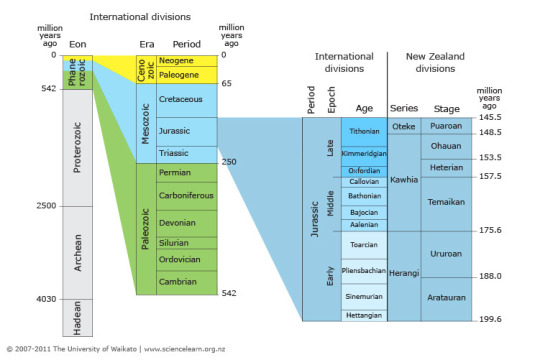
Species change though time because of that pesky evolution thing, or completely unsubscribe from life, and can be linked to age ranges (like an upper and a lower limit from when they are first found and when they are last found in a rock) in the geological time scale. Of course, the geological timescale lives to confuse, and add in localised time periods that link to localised rock formation names (I'll explain later #lesighpartdeux) that somehow tie into the epochs and eras and before long:

BUT THAT'S NOT ALL! Micro-palaeontology (or micro-pal, for those of us cool geology kids) is used extensively in the oil/gas exploration industry, for better or worse, well, worse really, but yeah, via the whole biostratigraphy schtick (they drill a core (like, a long shaft of rock) and then figure out the rock types and use microfossils to date and correlate, and then use it when they are already in an oil 'field' to check where the right rocks are, because it's not normally flat layers of rocks awaiting exploitation. It's more like a jumbled up jigsaw puzzle with some parts of the same rock up, some down, some folded/squashed together, some starting to get a little baked, and some eroded away long before the rest of the rocks were buried. Fun stuff all around!):

(I spent far too long in Publisher making this stupid representative graphic and I can already see things I've missed out *LABELS ANYONE???* but oh well...) but also there's this thing called palaeoecology AND also also palaeoclimatology that are super useful for establishing past climates and environments, which I'll go into later because this is getting stupid long and my brain is fried and needs sleep but I've got one last thing that I want to mention that may be one of the greatest things ever about geology and palaeontology and micro-pal and so on and so forth.
!!!!!OTOLITHS!!!!

WHAT ARE OTOLITHS, I HEAR YOU ASK?????
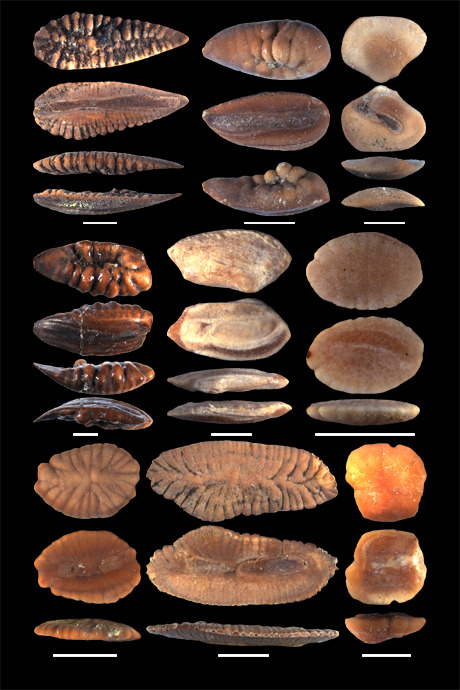
Fossilised fish ears! Who would have thought? I didn't even really think fish could hear underwater, which I believe such dimness is called BEING A MUPPET in my culture...
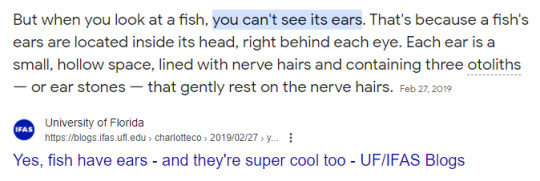
But it's true! I remember being so so so so so confused when I was picking forams for some geology lab and there were these funny shaped things in my rock mix. And they have such a variety of shapes.
And that's all for now, must sleep, will prolly revise this since it's prolly a load of crap geoscicomm but I'll get there! Happy micro-paling!

when i die i hope i come back as a beautiful microscopic granule of sand
#microfossils#micropalaeontology#palaeontolgy#binocs#foraminifera#forams#geoscicomm#geology#picking#super special micropal slides#Oh I forgot pollen#maybe next time#ooo do you know what a phytolith is?#if I've spelt it correctly lol#FISH HAVE EARS#terrible graphics#palaeoecology#palaeoclimatology#not that there's much about them#also next time#It's over!!!!
76K notes
·
View notes